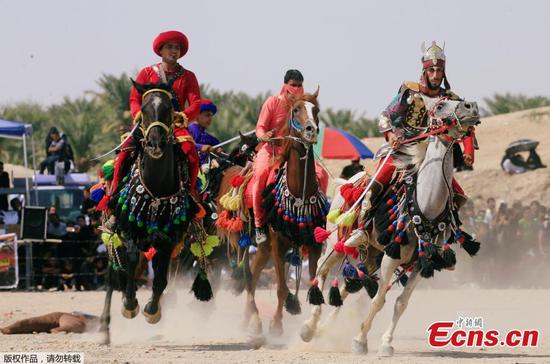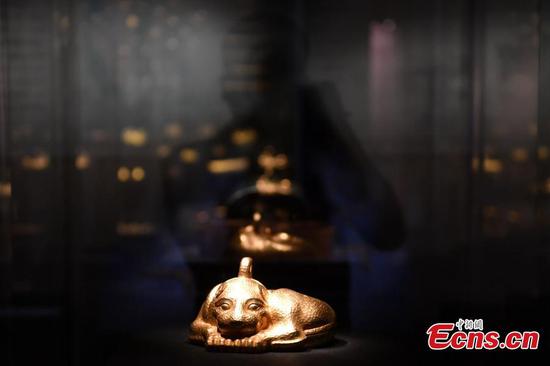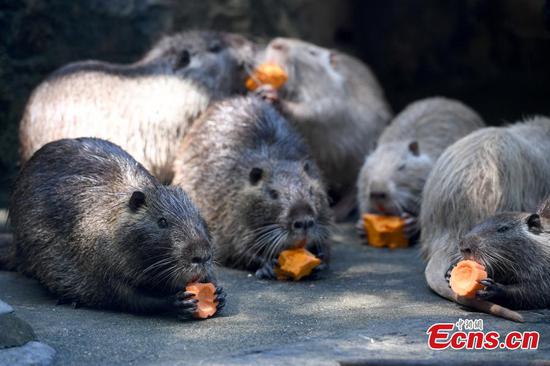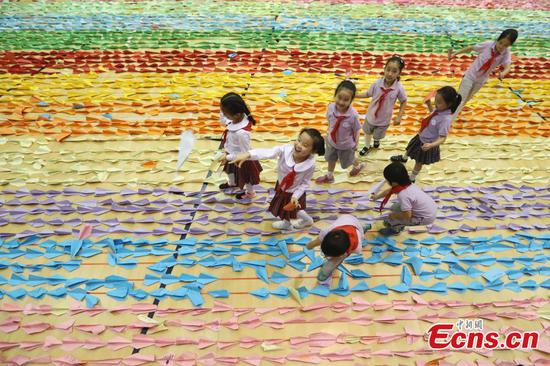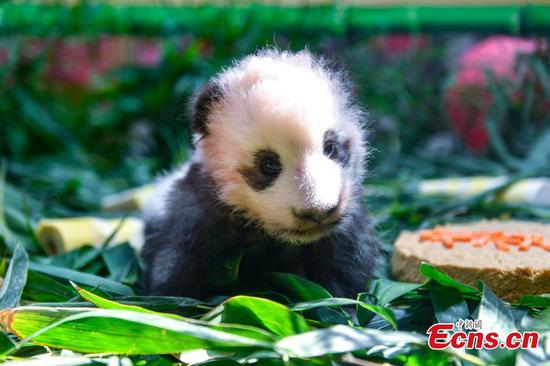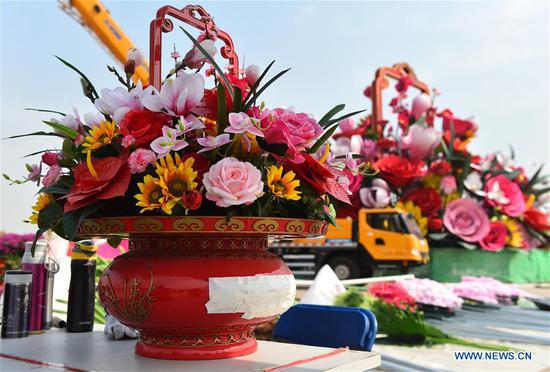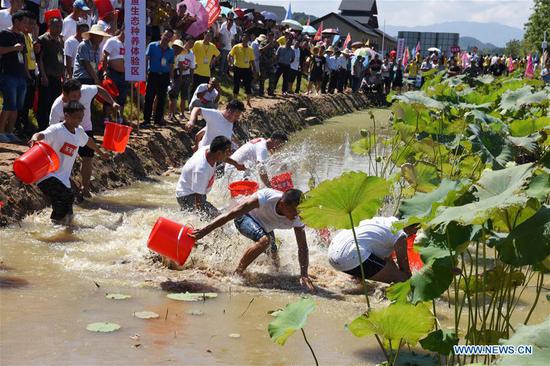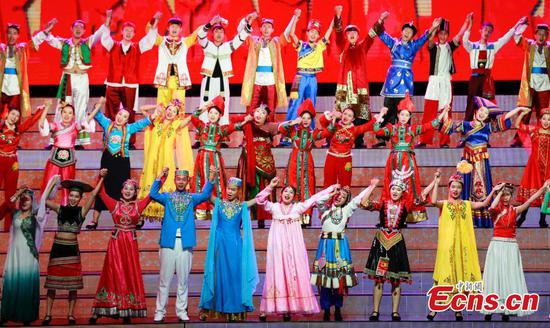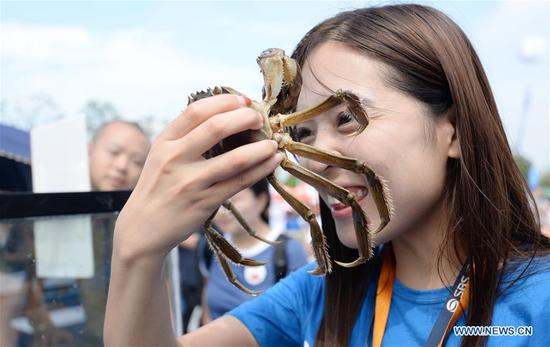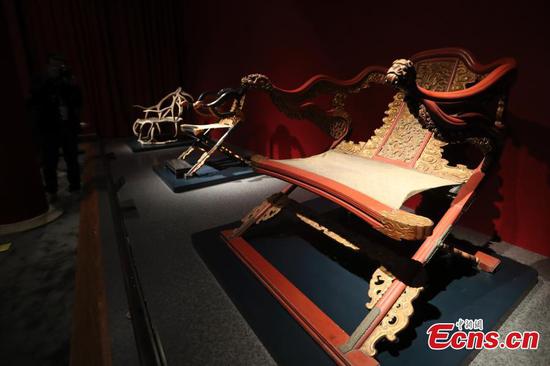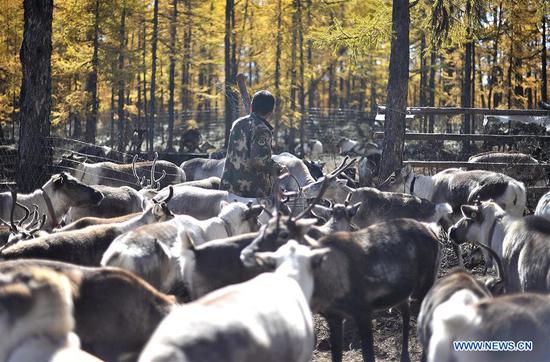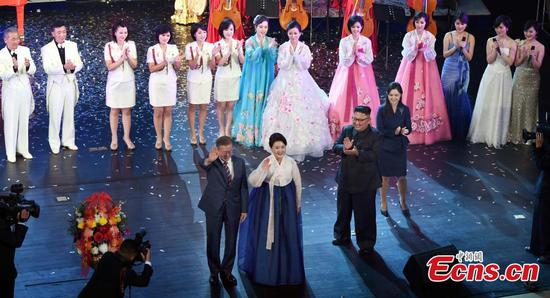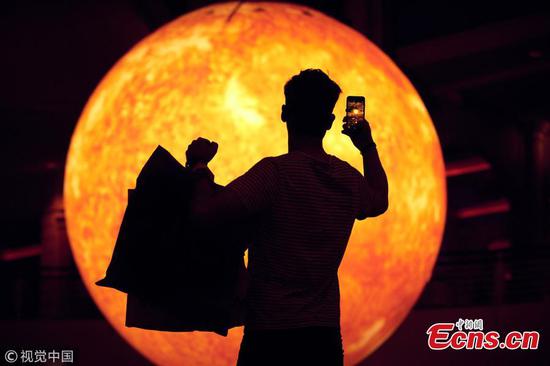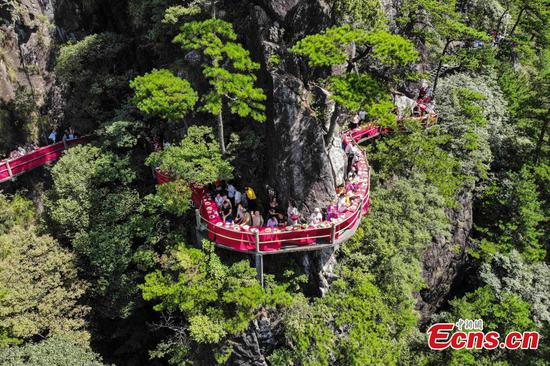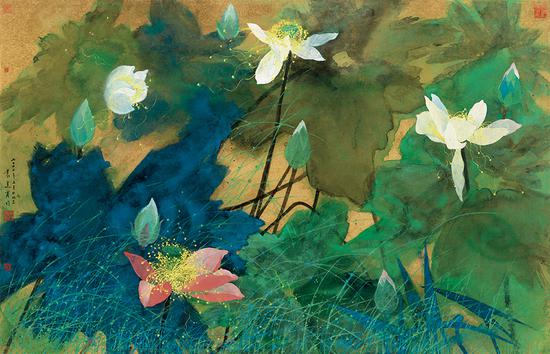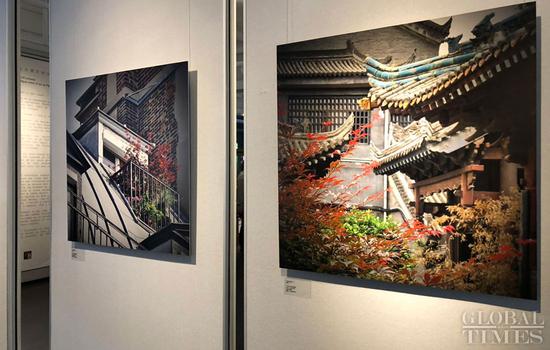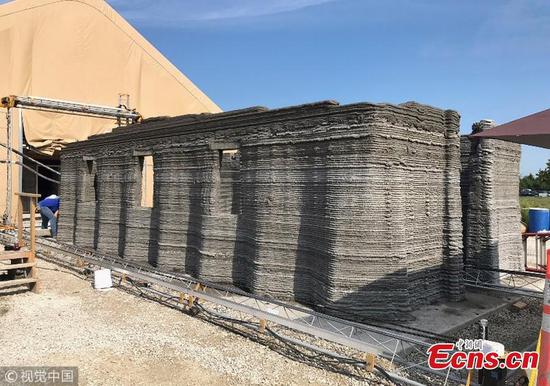
What flavor is the best? Or what flavor is the worst? That's not the main debate ahead of this year's Mid-Autumn Festival which falls on September 24. In fact, a debate is raging on Chinese social media about what's the best and courteous way of eating mooncakes.
Over 40,000 people joined the discussion under the hashtag "Whether a mooncake should be cut into pieces to eat" which was created by the Chinese netizens. Over 84 million people have posted their comments on the topic
A verified Weibo user even conducted an online poll, where 37.3 percent chose to cut a mooncake before eating while with 59.2 percent preferred to eat it up straight.
Some people insist that the preferences vary from region to region. For example, the people from south China like to cut a mooncake into pieces and savor its texture while people from the north like to eat as it is, wondering why some people would cut a mooncake.
The idea it seems has originated from a Chinese stereotype, according to which a man who is from China's northern part is more straightforward while a man from the south is usually more reserved and likes to enjoy every bit of life.
However, some don't really agree with the "geography theory," they believe that how one would eat a mooncake actually depends on its size while others say that it may have a connection with the person's age.
A netizen, called @Zongtongshaonv on Weibo explained that she liked to divide every mooncake into pieces in order to let all family members taste different flavors from one packet, while another netizen, called @Zuoshanpocaomei gave an overall and detailed analysis on eating a mooncake based on types of mooncakes.
"It doesn't depend on regions. For example, a five nuts mooncake can be cut into small pieces, not because it's a dessert but also because it's a food that can douse your hunger. The puff pastry mooncake obviously cannot be cut. If it were, all would be crumbs." The netizen continued to give her conclusion that some flavors of Cantonese mooncakes are too sweet though they are small in shape and therefore they should be cut into pieces.
The number of ways to eat a mooncake seems limitless and the eating ways really dependent more on personal habits but the types of mooncakes spread in Chinese market mainly focus on four kinds that include Cantonese, Teochew, Suzhou, and Beijing.
Cantonese-Style
The Cantonese-style originated from south China's Guangdong and Guangxi Provinces. It is available around the country with both sweet and salty fillings. The fillings are usually made from lotus seed paste, egg yolk, nuts, chicken and roasted pork.
The Cantonese-style has a chewy yet tender texture and has a designed pattern on the surface.
Nowadays, snowy mooncakes are quite popular in Guangdong and especially in Hong Kong, China's Special Administrative Region. These mooncakes are non-baked and preserved in the fridge, and served cold. The fillings of snowy mooncakes cater more to young generations, include chocolate, coffee and even durian.
Teochew-Style
The Teochew-style originated from south China's Guangdong Province. It is a kind of flaky pastry, similar to the Cantonese style but thinner. The fillings are usually meshed greens and red beans, and sweet taros.
Beijing-Style
The Beijing-style is generally popular in Beijing and some neighboring regions, including Tianjin and Hebei Province. This kind of mooncake is also called Zi Lai Hong. With a red circle sealed on the crust, the Beijing-style mooncake is usually filled with hawthorns, peach seeds, osmanthus and dried orange pills.
Suzhou-Style
The origin of the Suzhou-style could be dated back to the Tang Dynasty. The mooncake is well known for its layers of flaky dough and its size is smaller than other types. The Suzhou style also features sweet and salty fillings, of which the salt and pepper fillings are the most common ones.











